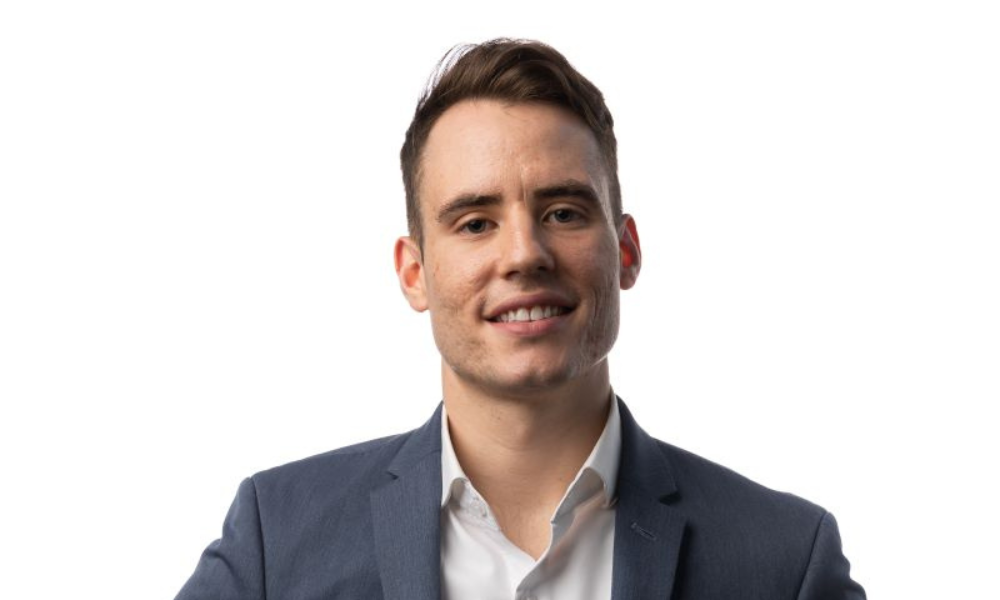From home buying to retirement planning, millennial financial planner Sam Lichtman sees a host of opportunities

Several months since it was first opened to the public, Canada’s First Home Savings Account is making waves.
The new savings account, which marries the benefits of a TFSA and an RRSP, was first announced by the federal Department of Finance in 2022 to address the continuing issue of housing affordability across the country.
The new vehicle officially came into effect on April 1, though not all financial firms across Canada were able to offer them right away. Questrade was quick on the draw, launching the FHSA option to its users on the first of April. RBC was also on the front lines as it introduced the offering to clients the same month.
Just this week, Scotiabank joined RBC and National Bank to become the latest Big Six bank to offer the FHSA. Earlier this month, RBC hailed the phenomenal uptake it’s seen for the FHSA, with “tens of thousands” of clients signing up.
Read more: RBC RRSP: Everything you need to know
The same scale of interest could be seen on the Wealthsimple platform, which saw nearly 20,000 Canadians sign up for the waitlist prior to the FHSA’s official introduction. Among the tens of thousands of FHSAs opened by its users, the majority are held by Canadians aged 25 to 34, and 30% have already maxed out their contribution room for the year.
A raft of planning opportunities
Sam Lichtman, a financial planner and co-founder of Achieve Wealth Management in Ontario, is also seeing a steady rise in FHSA interest at his practice.
“We've been fielding a lot more questions about the FHSA. We've also been bringing it up a lot more,” Lichtman told Wealth Professional. “I think it's really good to get people aware of everything that they're able to do with the account.”
Aside from millennial Canadians, many of Lichtman’s clients are newcomers to Canada who are just buying their first homes. Given the elevated state of home prices, he says highlighting the benefits of the FHSA creates “a huge value add” for those groups.
Learn how a first-time home buyer can use the RRSP in this article.
“To be able to get a tax break on a purchase, outside of a temporary tax break like what the RRSP Home Buyers’ Plan offers, is a great feature,” he says. “The FHSA doesn’t bring in people who couldn’t afford a house before it was introduced, but it does open up a better tax-planning opportunity if they’re ever able to afford one in the future.”
After opening an FHSA, Canadians have 15 years to contribute to it; an FHSA holder can contribute up to $8,000 a year, and the account maxes out at $40,000 of total contributions. If the FHSA owner is unable to buy a home at the end of 15 years, they can transfer the funds – including both the contributions and capital gains – into an RRSP instead.
Learn the reasons why investing in an RRSP will benefit you in the future.
“Effectively, it's a way of contributing to an RRSP without overcontributing … you’re potentially taking an extra $40,000 plus growth and putting it into the RRSP,” Lichtman says. “If you have a 30-year-old who's going to start saving now, 15 years down the line they’ll be 45 with potentially an extra $60,000 to $80,000 sitting in an FHSA, with the option to use it towards retirement planning.”
The FHSA also creates an opportunity for parents of university students who have leftover funds in their RESPs. As Lichtman explains, the parents can potentially put up to $8,000 into their college-age child’s FHSA. Once the child gets a job and starts making good money, they can claim that $8,000.
One caveat that’s not commonly known, he says, is that FHSA holders can carry forward only up to a year’s worth of contribution room.
“If you open it on year one, but don't contribute it until year four, you'll only be able to catch up on one year’s worth of contributions, not four,” Lichtman says. “You’re starting to eat into your 15 years of eligibility already.”
DIY vs. with an advisor: what’s the right FHSA way?
For those looking to simply open an FHSA and use the benefit for a near-term house purchase, Lichtman says going through a direct brokerage would probably be the ideal solution, as they could just do everything electronically and get their money back quickly. But for those with a more long-term objective, he recommends working with an advisor who can open and maintain a FHSA on their behalf.
“An advisor can help make sure you’re not overcontributing and stay on top of any changes. They can also help ensure you’re eligible … If you don’t read the eligibility questionnaires carefully, you may end up opening an FHSA incorrectly, in which case you’d be subject to penalties,” he says.
“Advisors can also help clients make sure they have the right type of investments. Someone might hear online somewhere that the S&P 500 is a great investment, so they put their FHSA money in it,” he says. “They may not realize it's a great investment if you have 10 years, but not necessarily if you have only six months … little things like that can really come into play.”



